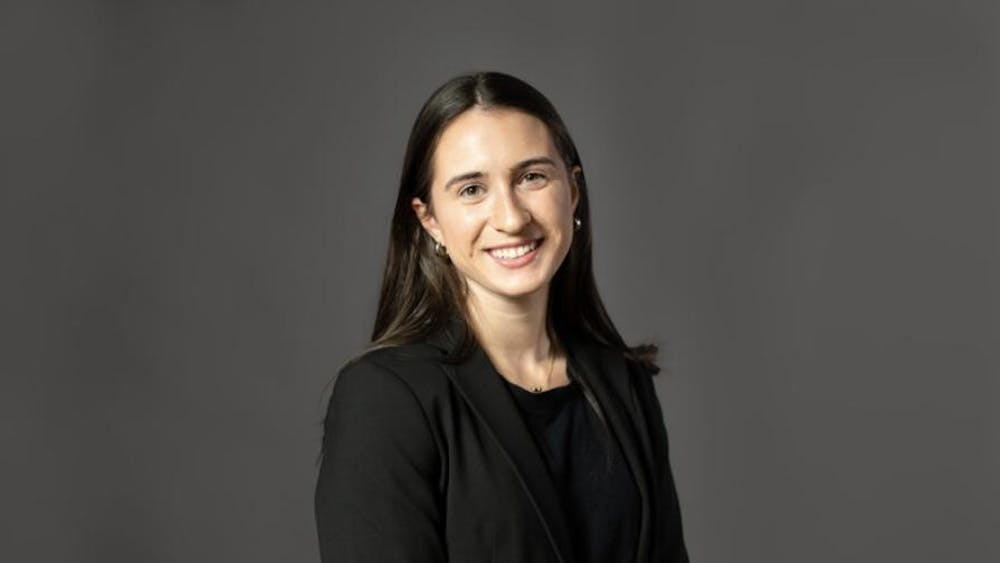
Photo Courtesy of Flickr Creative Commons: Ryan Tyler Smith
With education reform being one of the top issues challenging modern American society, many college campuses are hoping to serve as a top-down model for other classrooms by implementing novel classroom structures. In particular, many professors have begun piloting the “flipped classroom” approach in order to shake up the teacher-student relationship dynamic.
The premise of flipping a classroom is fairly simple, and indeed sounds promising. The teacher essentially teaches the material outside the classroom by using technology and supplementary materials, which the students are expected to read and understand. Then, during class time, students typically work on problem sets in groups, with the teacher playing a more facilitatory role during the process. This model is highly aided by the usage of technologies such as Blackboard and Echo360, allowing the teacher to quickly and easily provide materials online for their students. Flipping a classroom has a lot of evidence in favor of the method. The rise of “e-teaching” technologies such as Khan Academy and online schools has proven that online education does have some merit. It’s widely believed that students can learn at least some of the material on their own without teachers, and it is believed that self-motivated learning, as opposed to lecture-based learning, is more effective. Even noted psychologist Donald Hebb, whose ideology is summed up in the phrase “neurons that fire together, wire together,” would be pleased to see students having so much additional engagement with the material through the flipped classroom model.
[quote_colored name="" icon_quote="no"]In essence, the flipped classroom represents a brave new step in what could be the right direction for education; however, in practice, the method falls short in order to solve the problem for both the short and the long term.[/quote_colored]
However, the flipped classroom is both incomplete and insufficient to achieve the goal of increasing student engagement and can often prove qualitatively ineffective and even burdensome to student learning. The phrase “actions speak louder than words” coins a key argument against the flipped classroom. Tight schedules and high levels of stress when it comes to academia threaten the premise by which the flipped classroom hopes to build itself upon. Currently, college students are often burdened with ever-increasing workloads, often having to result to caffeine-fueled debaucheries in order to just barely accomplish a laundry list of readings, assignments and exams. Now, it’s not clear whether this burden is reflective of student work habits or the university system in general, but this status quo means that the flipped classroom could pose an additional burden on students despite its meanings. In particular, because the flipped classroom is both rare and unique to college campuses, students would have a difficult time having to go back and forth between traditional lecture hall classes and classes that are flipped. Additionally, the expectation that students should master the material before class can be easily ignored by those who have hard deadlines for their homework and upcoming tests. This flaw threatens the very foundation that any flipped classroom is attempting to build itself upon, and therefore exposes a key reason as to why this method needs significant reform before it can be called a success.
Another key flaw in the flipped classroom model is that it does not take into account the different learning styles of students. Emory prides itself on its diverse community; does this diversity not extend to student learning styles? While flipping a classroom may benefit a certain population of students with a particular learning style, it fails to address the population that does not. For example, kinesthetic learners would have a very hard time trying to ascertain material online without live teacher demonstrations. At least with the traditional lecture style, teachers can see student reactions to new material, and have the choice to gauge their lecturing accordingly to answer questions in class and have dialogue about what is being presented. With the flipped classroom, most of the teacher-student interaction is either online or during office hours, meaning that teachers have less flexibility to help their students before they are required to demonstrate mastery of the material on problem sets, quizzes and tests.
Despite its shortcomings, I do acknowledge that some flipped classrooms will succeed; however, this success is largely dependent on the lecturer’s ability to adapt to a new model of instruction, not necessarily an intrinsic property of the model itself. I understand many professors are currently piloting this method of teaching, with many more to come in the future as they seek to understand student learning. However, the success of this method is still debatable, and students do not pay tuition to be experiments.
That being said, the method does indeed attempt to solve many important concerns about the modern lecture hall classroom. Many proponents of the flipped classroom method argue that it increases teacher-student interactions; Socrates himself proposed the phrase “question everything,” which could very well pertain to engaged student questions in the classroom about the previous night’s material. Additionally, even though the flipped classroom isn’t holistically popular among students, students do seem to appreciate many of its components. Additional problem sets, online recordings of lectures (usually recorded in class by the lecturer) and group work remain to be great ways to increase engagement in the material. Interestingly, the flipped classroom’s emergence as a nouveau term in the education lexicon largely arose from positive student feedback about teachers posting lectures online in PowerPoint format for those who missed class.
However, the imperfection from the flipped classroom is that its impact is entirely theoretical in nature. Studies that support the method are very few, and frankly the method isn’t perfect. Because literature on the flipped classroom is few and far between, the method can easily be misunderstood by students wishing to understand its purpose. Lecturers wishing to try this method could easily come off as lazy despite intentions due to the flipped classroom’s lack of standardization and popularity. Indeed, college lecturers attempting to flip their classrooms should be wary of potential student backlash due to growing pains.
In essence, the flipped classroom represents a brave new step in what could be the right direction for education; however, in practice, the method falls short in order to solve the problem for both the short and the long term. The flipped classroom’s purpose and impact requires far more corroboration, both from student satisfaction with the method and from scientific studies that can quantify its effectiveness, before it can be considered an ideal solution for collegiate and high school classrooms. While I certainly do agree that the modern university education system can serve as an excellent top-down model to experiment with emerging classroom models, the flipped classroom only serves to disappoint if it isn’t reformed on a much larger scale.
Somnath Das is a College sophomore from Warner Robins, Georgia.





